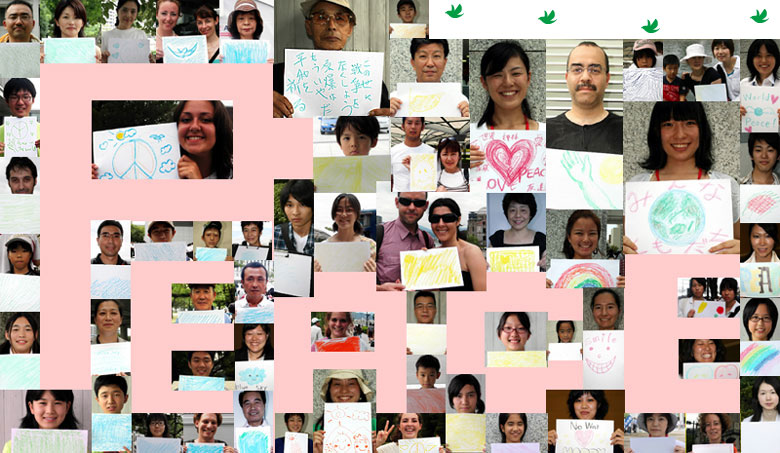"What color is peace?" Survey on August 6th?Color the world with smiles
If peace had a color, what would it be? This question was included in a survey of 123 people conducted by the junior writers on August 6, 2009, the 64th anniversary of the atomic bombing of Hiroshima.
The conditions which comprise a state of peace naturally differ depending on the person, the setting, and one's particular concerns. However, by measuring peace with "color," we thought we could collect some common ideas.
In the responses we received from the people of 12 countries, including Japan, there were a variety of answers related to nature, such as blue, yellow, orange, and green, colors associated with the sun, water, and sky.
For another question--"What color would Hiroshima be on August 6th?"--many of the respondents offered the same answer they had given for the first question. By choosing the same color, we felt their wish for peace.
The idea of considering color might give us only an image of peace. However, if this one element is added to the things needed for peace, perhaps it will help paint the world with the "peace color" of each person.

| Shades of green: 35 green: 30 / light green: 5 |
Shades of blue: 33 blue: 16 / light blue: 17 |
Shades of yellow: 25 yellow: 18 / orange: 7 |
Shades of red: 21 red: 8 / pink: 13 |
Other colors: 18 white: 11 / purple: 1 / clear: 1 / rainbow: 5 |
|